AW Insect Book: Sawflies, Wasps, Bees & Ants (Hymenoptera)
Posted: Sat Jan 10, 2015 3:58 pm
Subfamily Philanthinae
These wasps are mostly medium-sized and often colourfully marked with yellow or red bands and spots. Eyes widely separated, converging above. Forewing with three submarginal cells II and III, each receiving one recurrent vein. The head is large, broad and usually maculate.
Distribution
Afrotropical, Nearctic, Neotropical, Oriental and Palaearctic regions. Absent from Australia.
Diversity
3 genera in South Africa: Cerceris, Philanthus, Pseudoscolia.
Biology
Provision their nests with Hymenoptera, especially bees.
Links: WaspWeb; Sphecid Wasps of the World: A Generic Revision. Richard Mitchell Bohart, Arnold S. Menke
These wasps are mostly medium-sized and often colourfully marked with yellow or red bands and spots. Eyes widely separated, converging above. Forewing with three submarginal cells II and III, each receiving one recurrent vein. The head is large, broad and usually maculate.
Distribution
Afrotropical, Nearctic, Neotropical, Oriental and Palaearctic regions. Absent from Australia.
Diversity
3 genera in South Africa: Cerceris, Philanthus, Pseudoscolia.
Biology
Provision their nests with Hymenoptera, especially bees.
Links: WaspWeb; Sphecid Wasps of the World: A Generic Revision. Richard Mitchell Bohart, Arnold S. Menke
 © BluTuna
© BluTuna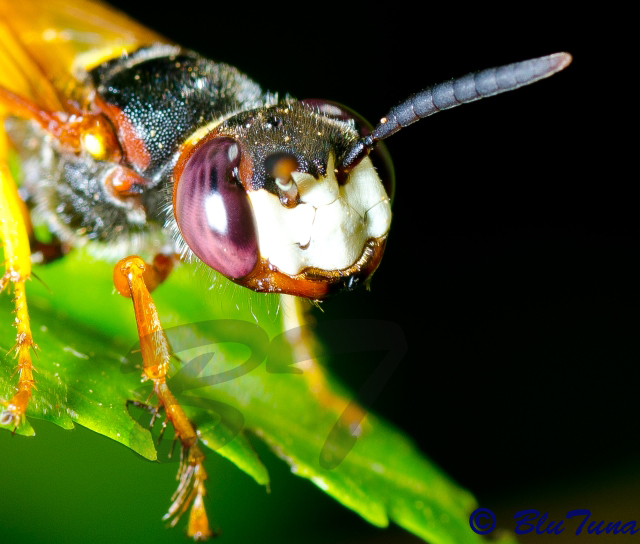 © BluTuna
© BluTuna © BluTuna
© BluTuna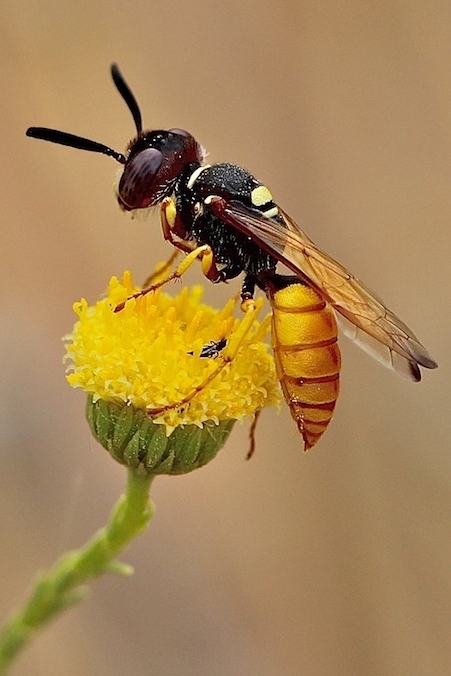 © ExFmem
© ExFmem © BluTuna
© BluTuna © BluTuna
© BluTuna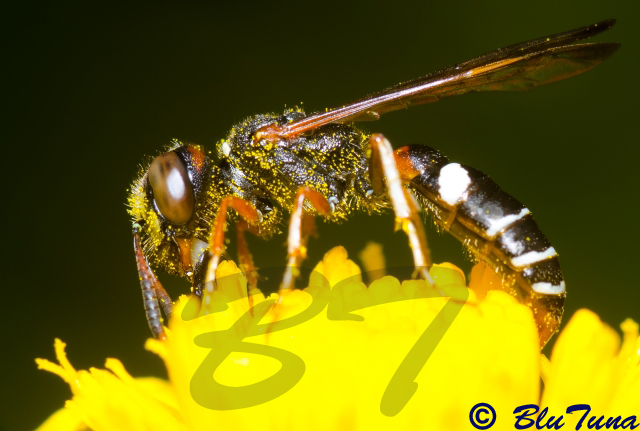 © BluTuna
© BluTuna  © BluTuna
© BluTuna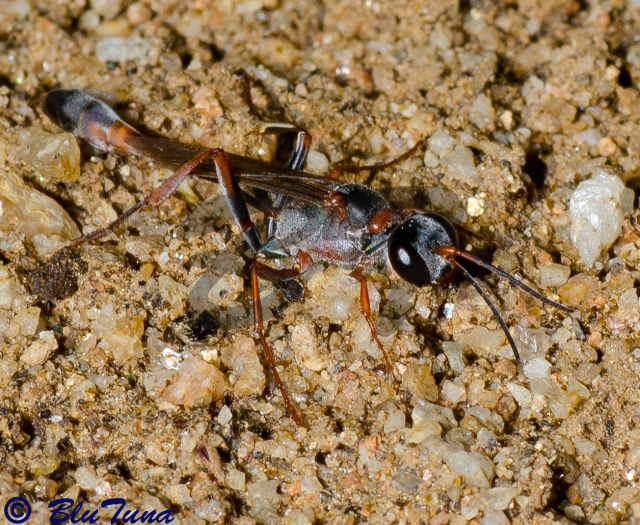 © BluTuna
© BluTuna © ExFmem
© ExFmem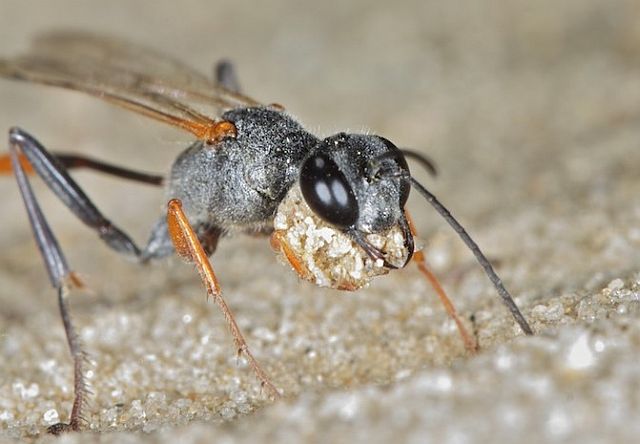 © ExFmem
© ExFmem © ExFmem
© ExFmem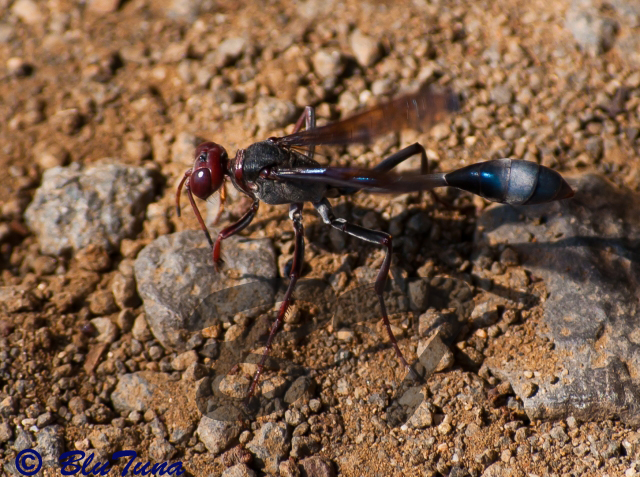 © BluTuna
© BluTuna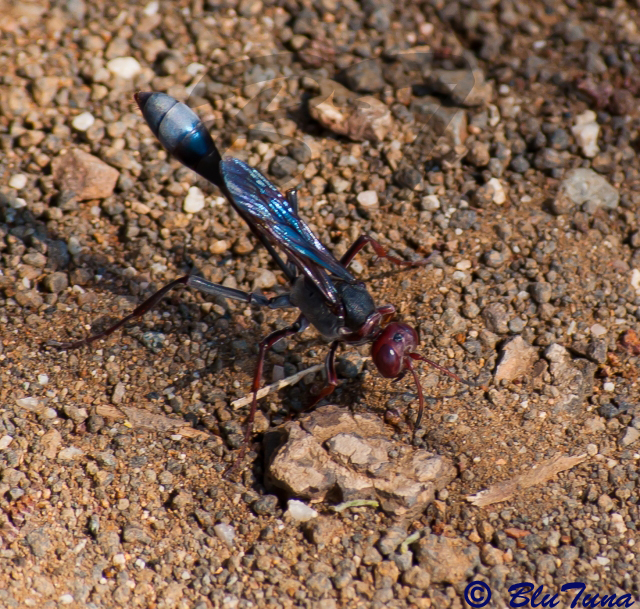 © BluTuna
© BluTuna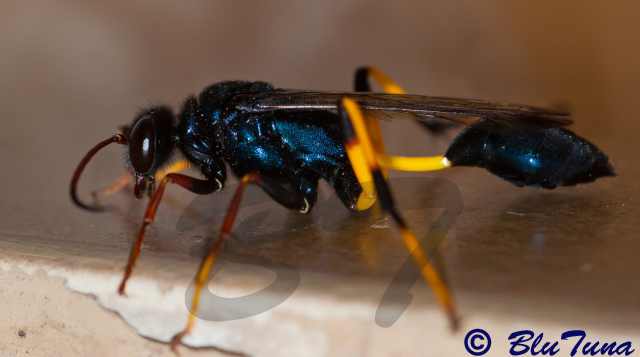 © BluTuna
© BluTuna © BluTuna
© BluTuna © BluTuna
© BluTuna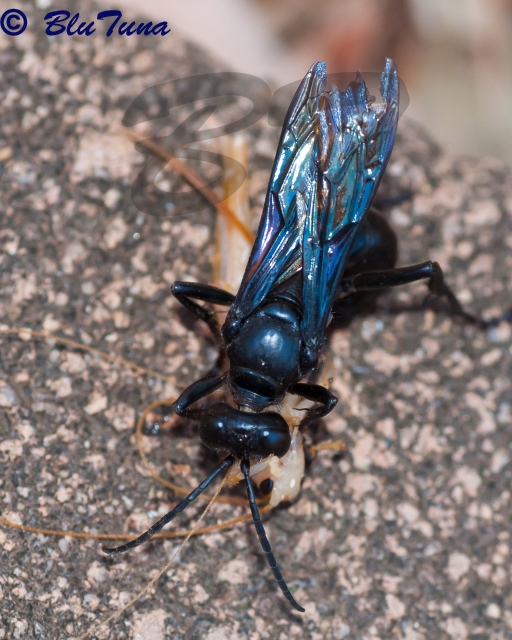 © BluTuna
© BluTuna © BluTuna
© BluTuna